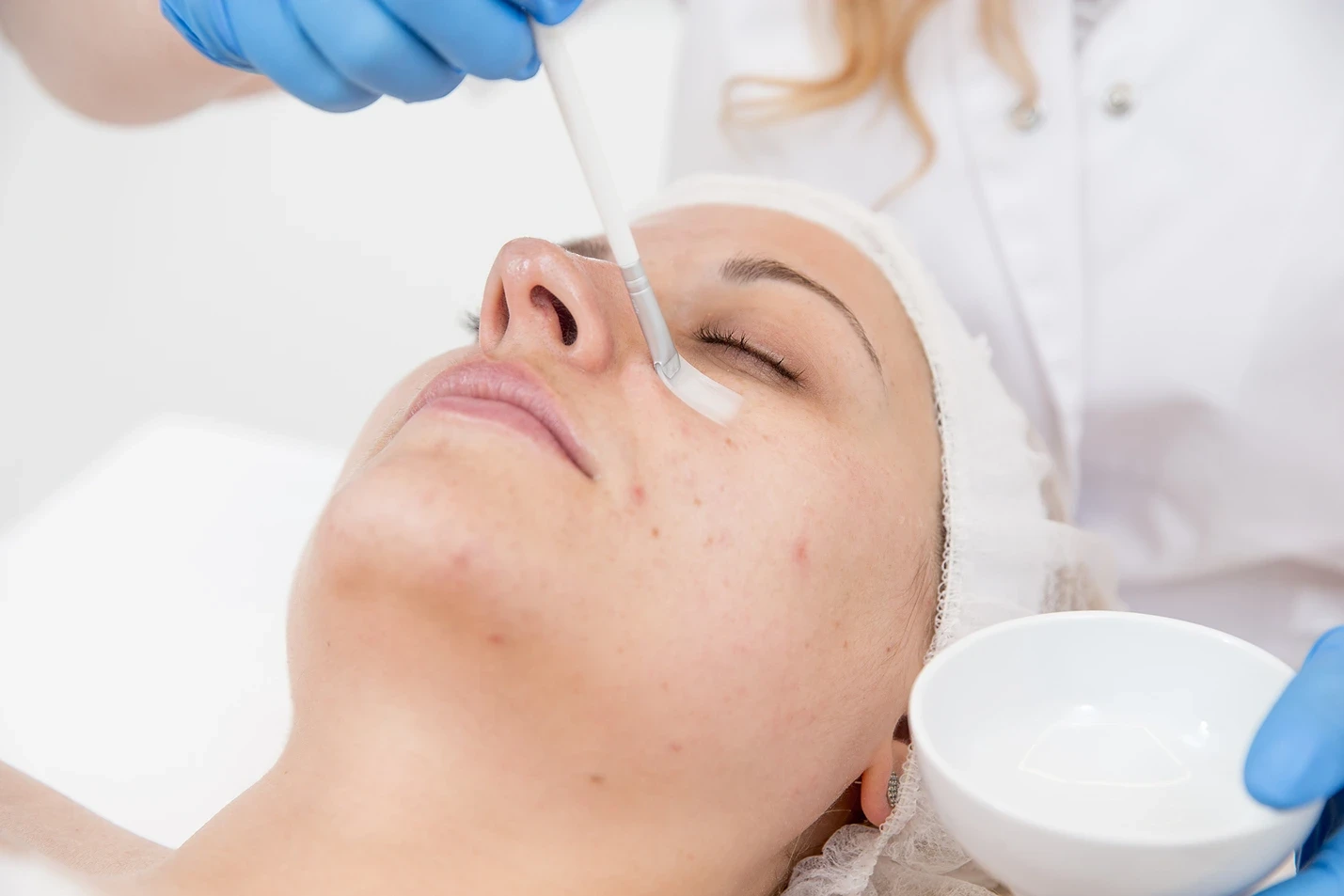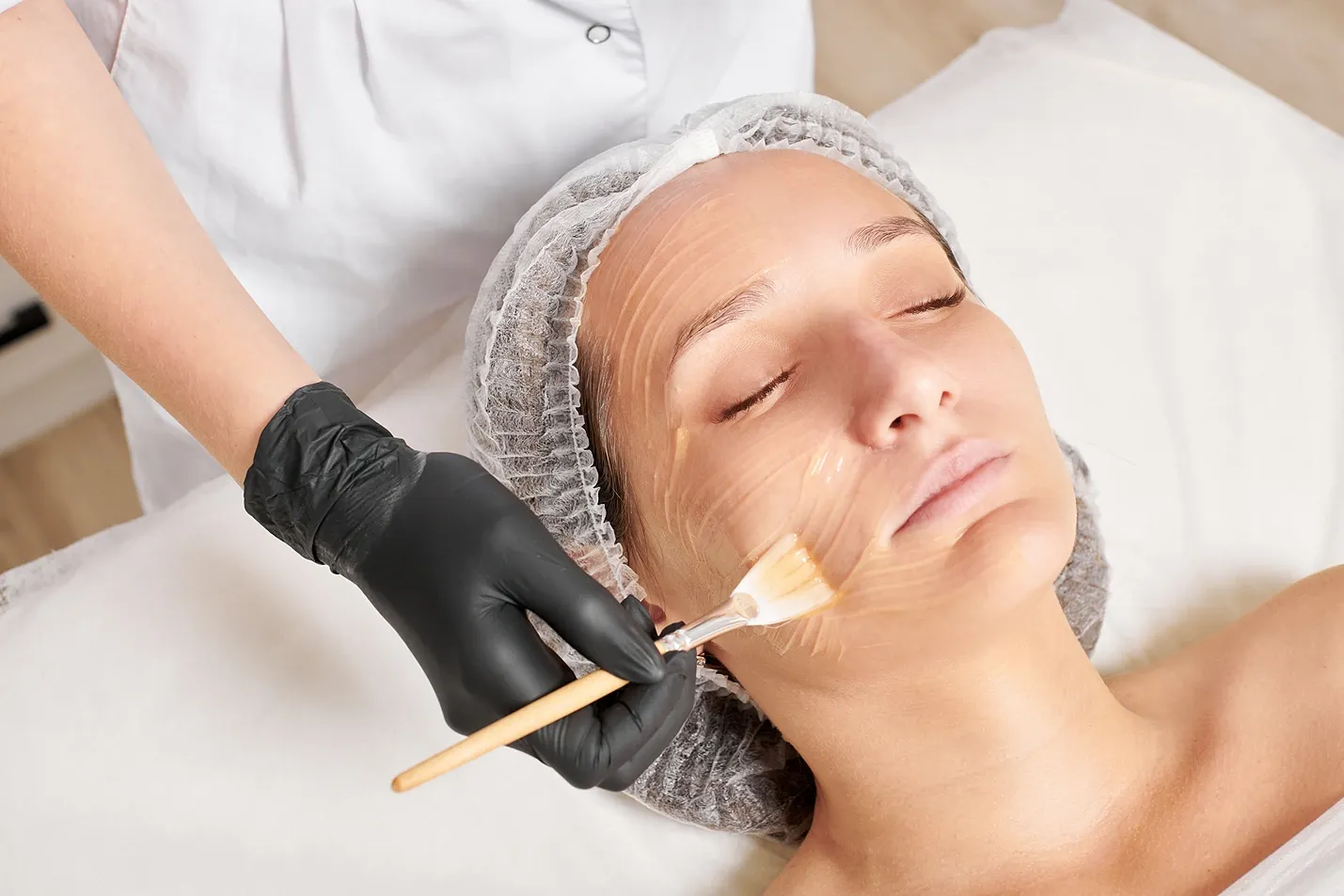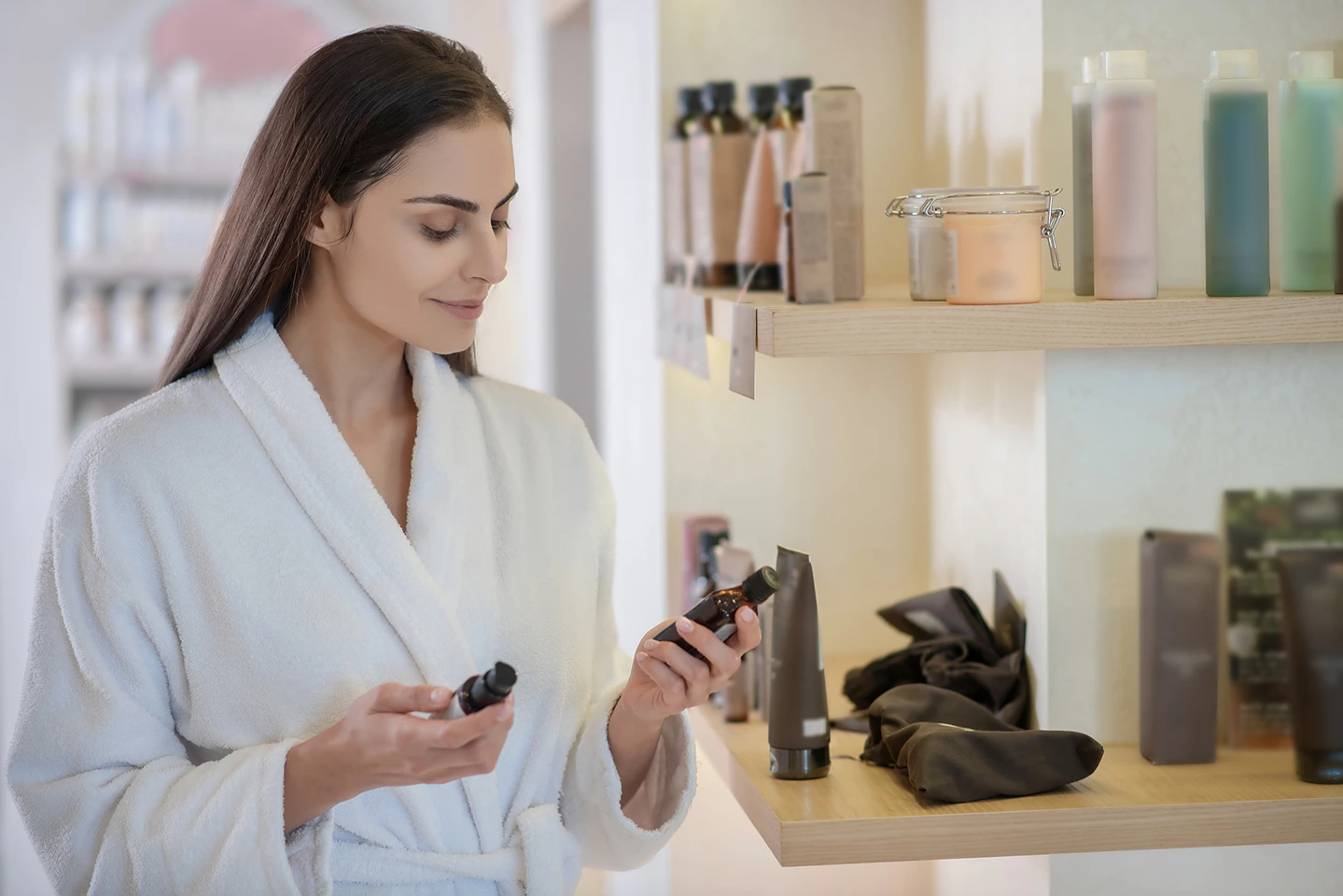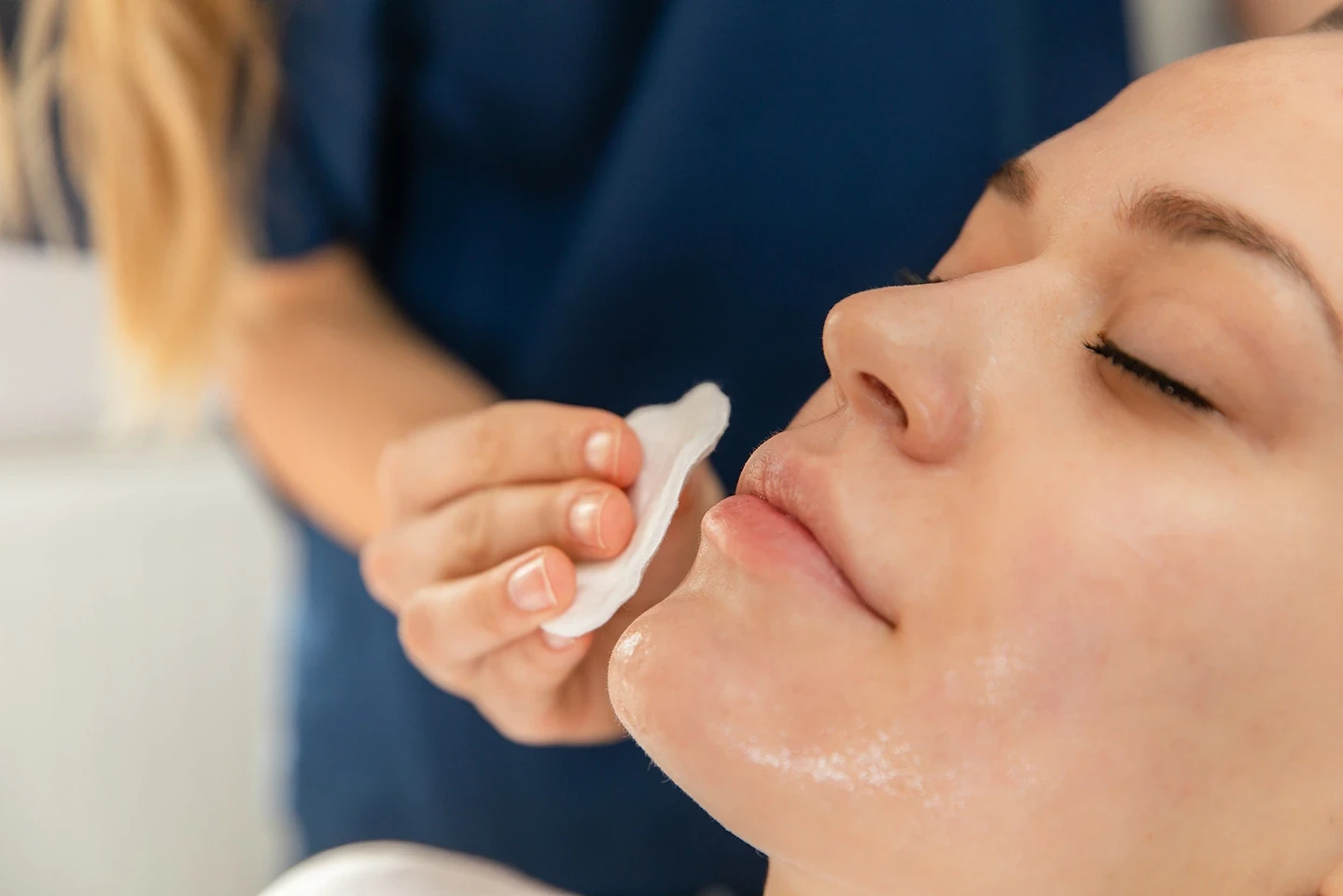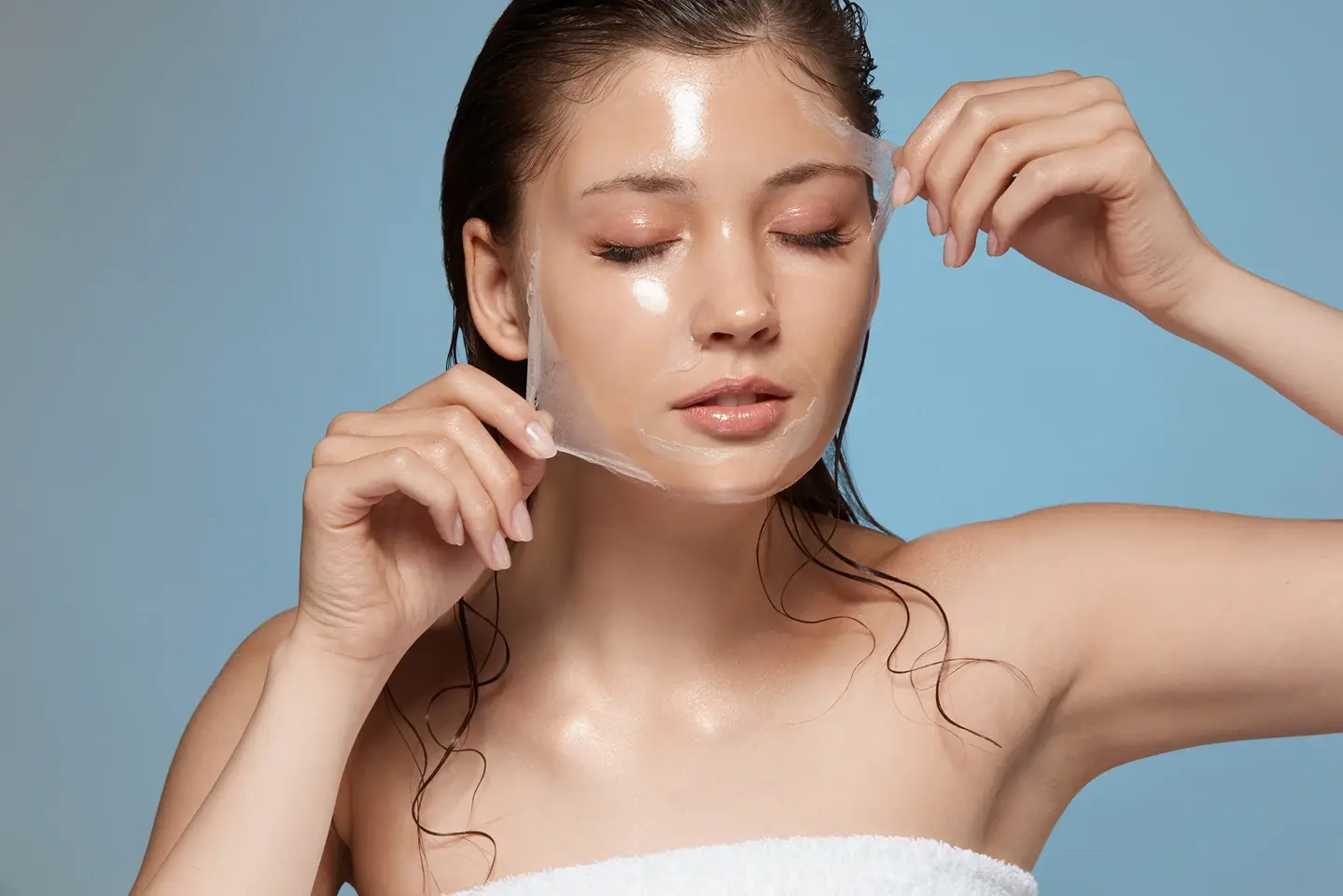A Complete Guide to Choosing Your Ideal Skin Treatment
Microneedling and chemical peels are two popular skin treatments. Microneedling uses tiny needles to boost collagen while peels use acids to remove damaged outer skin. A consultation with a dermatologist is important to determine which treatment best suits your skin goals.
Smoother, brighter, younger-looking skin is a desire shared by many. But with so many options available to achieve that glow, it can be tough to know which route is best. Two of the most popular skin treatment options today are microneedling and chemical peels.
But what exactly do these treatments entail, and which one is right for your particular skin concerns? Let’s dive in to understand the differences between microneedling and chemical peels.
Understanding Microneedling and Chemical Peels
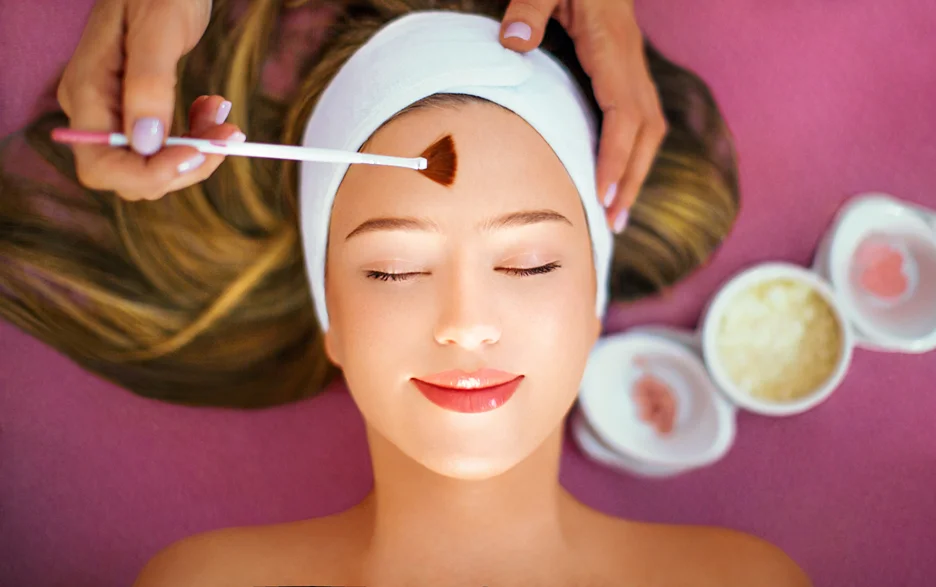
To determine which treatment suits your needs, it’s important to first understand how each procedure works.
What is Microneedling?
Microneedling, also known as collagen induction therapy or percutaneous collagen induction, is a minimally invasive treatment that involves using tiny needles to create controlled micro-injuries to the skin. This stimulates the body’s natural wound healing process, resulting in increased collagen and elastin production.
The microneedling device contains 12-100 tiny needles on a roller or pen-like applicator. During the treatment, the device is moved over the skin to create tiny “microchannels”, which trigger the release of growth factors that stimulate collagen production and skin regeneration. The micro-injuries in the dermis also allow for better absorption of skincare products. A typical microneedling session takes 30-60 minutes depending on the targeted area.
According to the 2022 Aesthetic Plastic Surgery National Databank statistics, the number of microneedling procedures increased by 23% from 2020 to 2021, highlighting the growing popularity of this treatment.
What is a Chemical Peel?
A chemical peel is a procedure that applies a chemical solution to the skin to remove its outer layers. It is used to improve the appearance of issues like wrinkles, acne scars, age spots, and discoloration by shedding the top layers of skin, revealing smoother and more even-toned skin underneath.
There are several types of chemical peels based on their strength:
- Light peels use alpha hydroxy acids (AHA) like glycolic acid to treat fine lines, acne, and discoloration on the outer layer of skin.
- Medium peels contain trichloroacetic acid (TCA) and penetrate the skin more deeply to address age spots, wrinkles, and uneven pigmentation.
- Deep peels use carbolic, phenol, or trichloroacetic acid (TCA) and penetrate into the middle layer of skin. They are the strongest type of chemical peel and produce dramatic results for concerns like deep wrinkles, scars, and precancerous growths.
Chemical peels allow for controlled wounding of the skin to achieve desired results. A medium depth TCA peel leads to collagen remodeling that can last up to one year.
Schedule a complimentary consultation with our esteemed dermatologists at CosMedic LaserMD today to determine if microneedling or a chemical peel is right for your skin goals
Comparing Effectiveness for Common Skin Concerns
When considering microneedling or a chemical peel, it helps to assess each procedure’s effectiveness for your specific skin goals. Let’s compare how these treatments address some of the most common skin concerns:
| Skin Concern | Microneedling | Chemical Peel |
| Treating Scars | Highly effective for acne, surgical, and burn scars. Micro-injuries stimulate wound healing and collagen production to improve texture and appearance. | Can improve acne scars and texture but not as effective for deeper scars. Light and medium peels resurface skin to smooth shallow scars. Deep peels used for severe scarring. |
| Smoothing Wrinkles and Fine Lines | Stimulates collagen to smooth wrinkles from the inside out. Effective for crows feet and deeper wrinkles around eyes, mouth, and forehead. | Removes outer layers of skin to reveal smoother skin below. Medium and deep peels are most effective for deep wrinkles. Results may not be as long-lasting. |
| Treating Hyperpigmentation | Can improve by stimulating collagen and healing, but results are gradual. | More effective than microneedling. Penetrating acids remove pigmented skin cells for a more even complexion. Superficial and medium peels ideal. |
| Clearing Acne | Can exacerbate inflammatory acne by spreading bacteria if protocols are not followed. | Better for inflammatory acne. Gentle exfoliation can clear pores and treat non-inflammatory acne. |
Cost and Recovery Comparison

The cost and recovery time also differ between these two popular skin treatments.
- Microneedling costs between $100-$700 per session depending on the provider and number of treatments needed. Most patients need between 3-6 sessions spaced 4-6 weeks apart. Mild redness and sensitivity can be expected for up to a week after each appointment.
- Chemical peels range from $150-$600 per session depending on the type and depth. Superficial peels require 3-5 sessions while medium and deep peels provide longer-lasting results from 1-2 treatments. Recovery takes 7-14 days with peeling, redness and sensitivity after a chemical peel.
While microneedling requires more sessions, the non-invasive approach with quicker healing time may be more convenient. The dramatic results from fewer chemical peel sessions can be worth the recovery. The experts at CosMedic LaserMD can advise on the ideal treatment plan based on your budget, downtime allowance and desired outcome.
Potential Risks and Side Effects
Understanding the safety profiles and potential side effects is also key when deciding between these treatments.
Microneedling Risks
When performed by a licensed esthetician or dermatologist, microneedling is considered very safe for most skin types. Potential side effects include:
- Redness, swelling, bruising, dryness, itching, and sensitivity lasting up to one week
- Acne breakouts, infected wounds in rare cases if skin is not properly sanitized before treatment
- Post-inflammatory hyperpigmentation (PIH) in patients with darker skin tones if not treated carefully
Chemical Peel Risks
Chemical peels carry more potential risks and side effects since they use harsh acids to penetrate the skin:
- Redness, dryness, swelling, blistering, scabbing, peeling, and dark spots
- Acne breakouts or reactivation of cold sores
- Hyperpigmentation in darker skin tones
- Scarring if deeper layers are damaged
To avoid complications, it is extremely important to have chemical peels performed by an experienced, licensed provider based on your skin type and sensitivity.
Protect your skin and safety – schedule a microneedling or chemical peel consultation with our licensed dermatology professionals at CosMedic LaserMD
Can Microneedling and Chemical Peels Be Combined?

Microneedling and chemical peels are often viewed as complementary skin rejuvenation treatments that can be carefully combined for enhanced results. Each modality provides unique skin benefits that, when properly integrated into an overall treatment plan, can allow patients to experience the best of both worlds.
Microneedling creates microscopic channels in the skin that spur collagen production, improve tone and texture, and allow penetration of topical products. Chemical peels use alpha hydroxy acids or other agents to provide controlled exfoliation of the outer skin layers. We find value in sequencing these treatments, with light peels before microneedling, to prime and prep the skin for enhanced microneedle penetration.
Alternating peel and microneedling sessions every few weeks is an approach that some practices have found effective for providing both collagen stimulation from needling along with the desquamation and refreshed skin achieved with peels. This combined microneedling-peel regimen can be tailored based on the patient’s goals, skin type, and sensitivity.
However, it’s important to note that not all skin types tolerate combined therapies well. Patients with very sensitive skin may experience excessive dryness, irritation, or redness from using both modalities.
As always, consulting with an experienced dermatologist is the best way to determine if a combined microneedling-peel treatment plan is appropriate or overly aggressive for an individual patient’s needs and skin characteristics.
Professional vs. At-Home Treatments
There are also at-home versions of microneedling and chemical peel products available. However, experts recommend professional treatments for optimal safety and results.
At-home microneedling rollers contain shorter needles that cannot penetrate deep enough into the skin to generate significant collagen and elastin production. Proper sterilization of devices is also difficult to achieve at home.
Glycolic acid or TCA peels available for home use are not as powerful or customizable as professional-grade chemical peels administered based on your skin. At-home peels typically contain lower concentrations of acid that provide superficial exfoliation at best.
Getting microneedling or chemical peels from an expert provider allows proper treatment depth, sterility, and aftercare based on your skin’s unique needs. The results will be longer-lasting than anything that can be achieved from at-home products.
Which is Better: Microneedling or Chemical Peel?
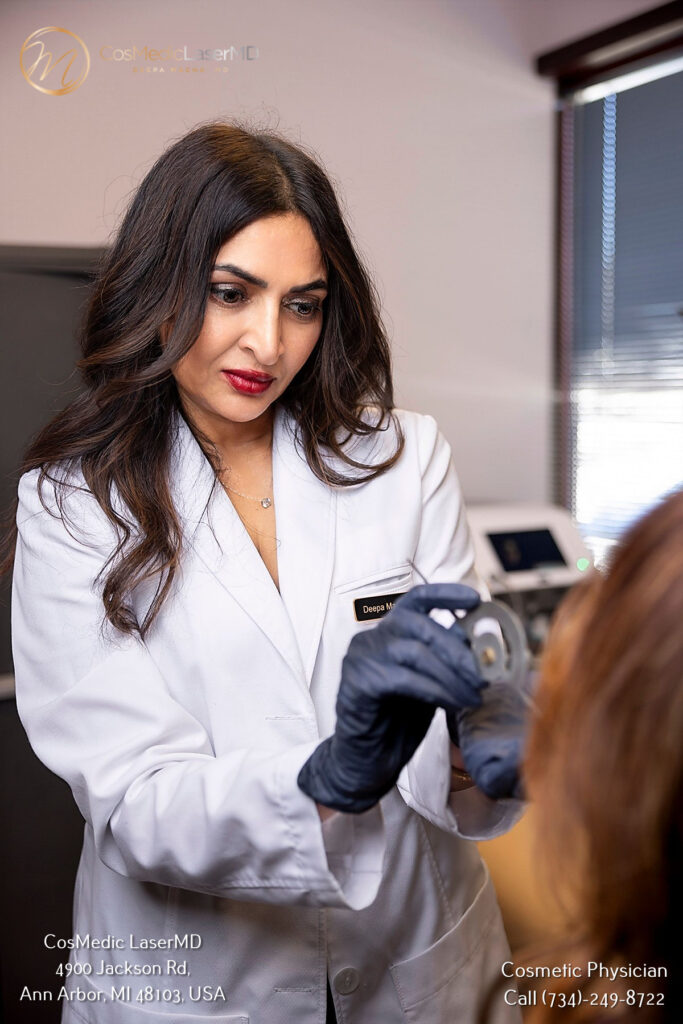
After comparing the procedure, effectiveness, risks, and costs – is one treatment clearly better than the other?
The answer depends on your specific skin goals and type. Generally:
- Microneedling is ideal for collagen stimulation to treat wrinkles, scars, and overall skin rejuvenation.
- Chemical peels excel at removing pigmentation and exfoliating the outer skin layers for tone or texture improvement.
Neither treatment is necessarily “better” than the other universally. Combining microneedling and chemical peels may provide the most comprehensive results for overall scar and wrinkle reduction, skin smoothing, and brightening of pigmentation.
The best approach is to schedule consultations with experienced providers from the CosMedic LaserMD team. Our expert aesthetic professionals can evaluate your skin and recommend which treatment will target your concerns most effectively. We also tailor the procedures based on your skin type, sensitivity, and any pre-existing conditions.
Schedule your skin analysis today with CosMedic LaserMD’s team to determine if microneedling or a chemical peel is the ideal treatment for your goals


